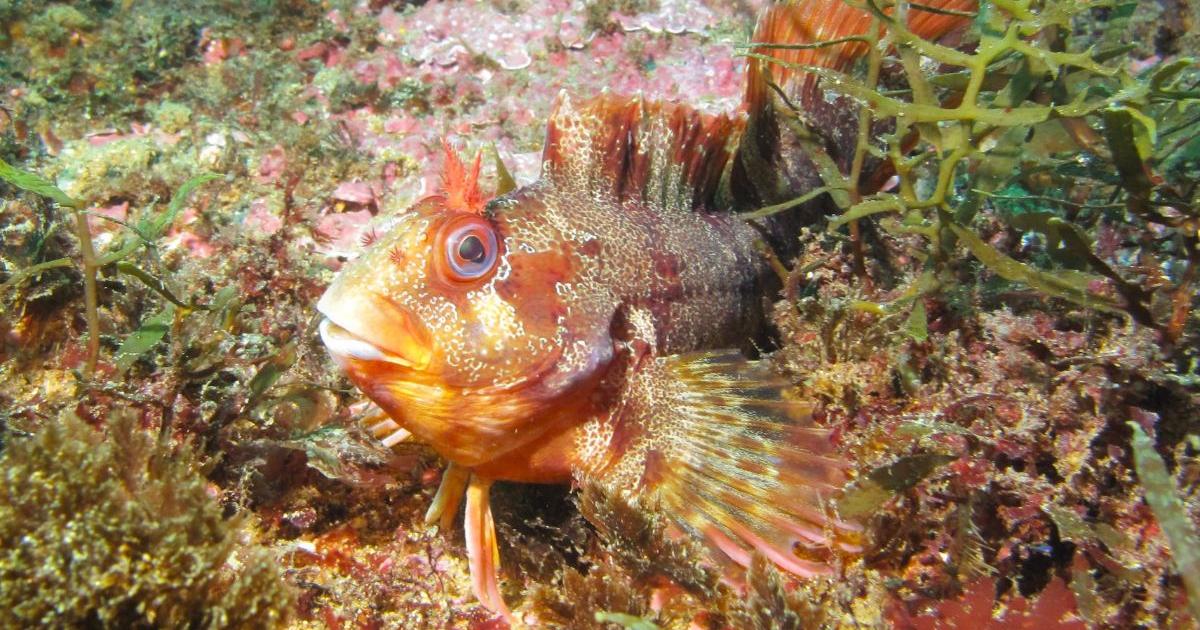The tompot blenny is a small “scrappy” fish with distinct features including bulging eyes, thick lips and frilly head tentacles.
It’s “fiercely territorial” and can be found along the UK coast – have you ever seen one?
It comes as seaside experts at Simply Sea Views have rounded up some of the strangest sea creatures you can spot on or around the nation’s beaches.
Tompot Blenny another truly remarkable creature only hiding in the cracks and holes in the harbour wall 🎣
♬ we are the people – favsoundds
The UK is home to more weird and wonderful marine life than you might expect, and not all of it stays in the deep.
But where exactly can you find the tompot blenny near you? Let’s find out.
What is a tompot blenny fish? How and where to see it
The seaside experts have revealed the unusual fish can be found in rocky shorelines around the UK.
They added: “This small, scrappy fish is a rockpool favourite.
“With its bulging eyes, thick lips, and frilly head tentacles, the tompot blenny looks like a cartoon character come to life.
Did you know what a tompot blenny fish looks like? (Image: Getty) “It’s fiercely territorial and often hides in crevices, so keep a close eye on rocky pools at low tide to catch a glimpse.”
What is a common blenny fish in the UK?
The shanny is a kind of blenny fish and is also known by the name common blenny.
Similar to the tompot blenny, it can also be found all around UK coasts.
The Wildlife Trust explains: “It is a small, elongated fish with a large head and big eyes.
“It is common in rockpools and shallow waters, but it pretty shy and normally hides under stones or seaweed.”
Native wild animals in the UK
However, they are quite hard to spot when they are lying still as their mottled colouration provides “excellent camouflage”.
The Wildlife Trusts adds: “They will eat whatever they can find, from seaweed to barnacles and shrimps.
Recommended reading:
“The shanny is sometimes known as the Sea Frog. They are able to survive out of water at low tide and, if disturbed, will leap back into the water – much like a frog does.”
If you’re wondering how you can identify them, they are variable in colour, normally brown or beige with darker blotches.
They can be distinguished from the larger tompot blenny as they have no tentacles on their heads, The Wildlife Trust shares.

